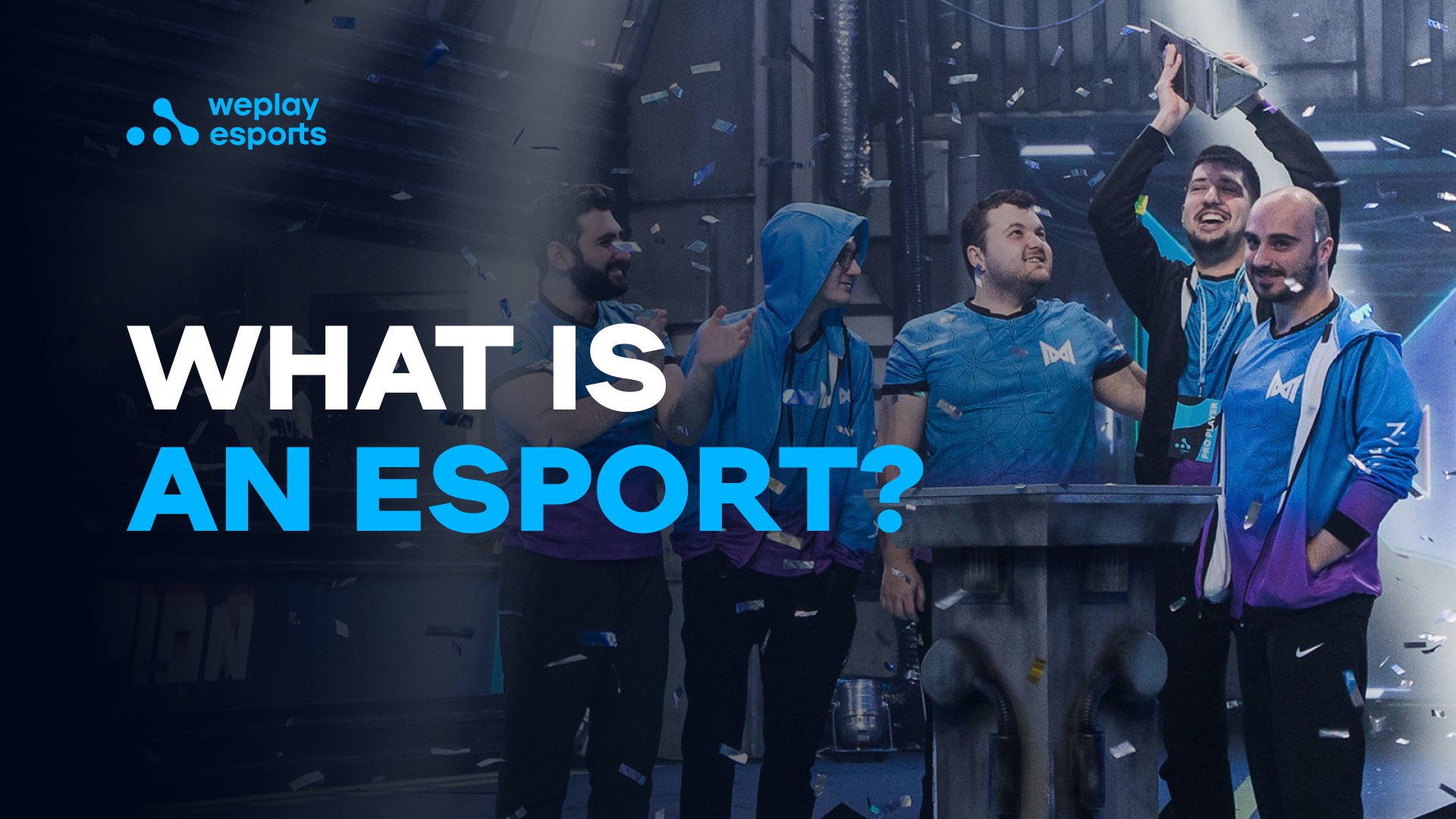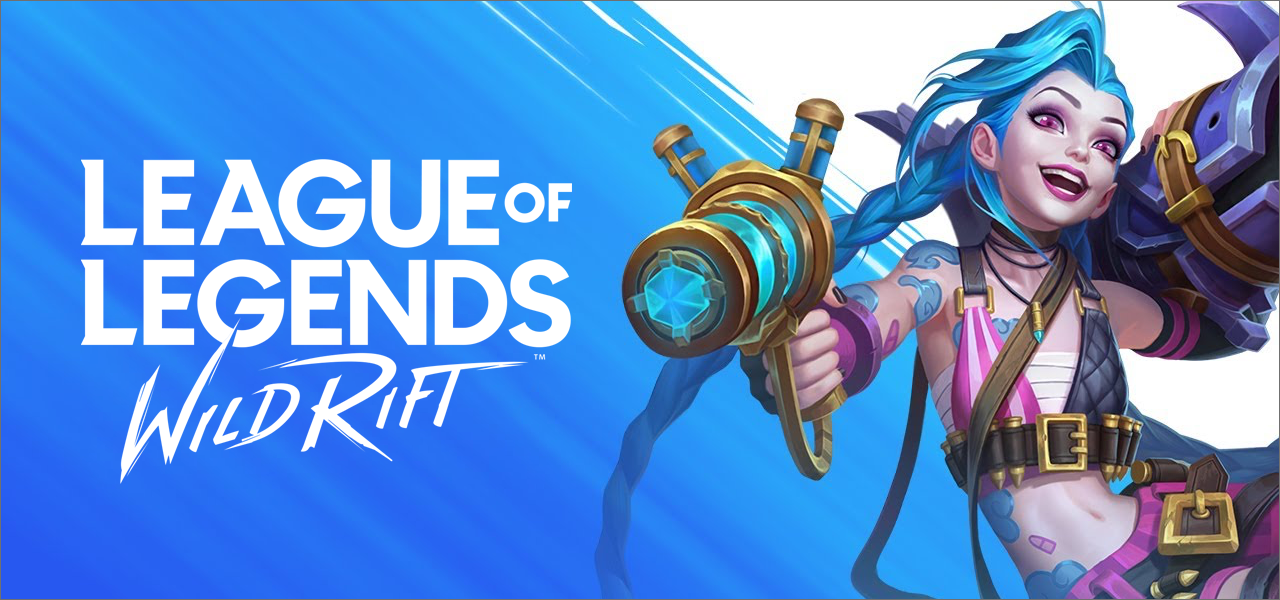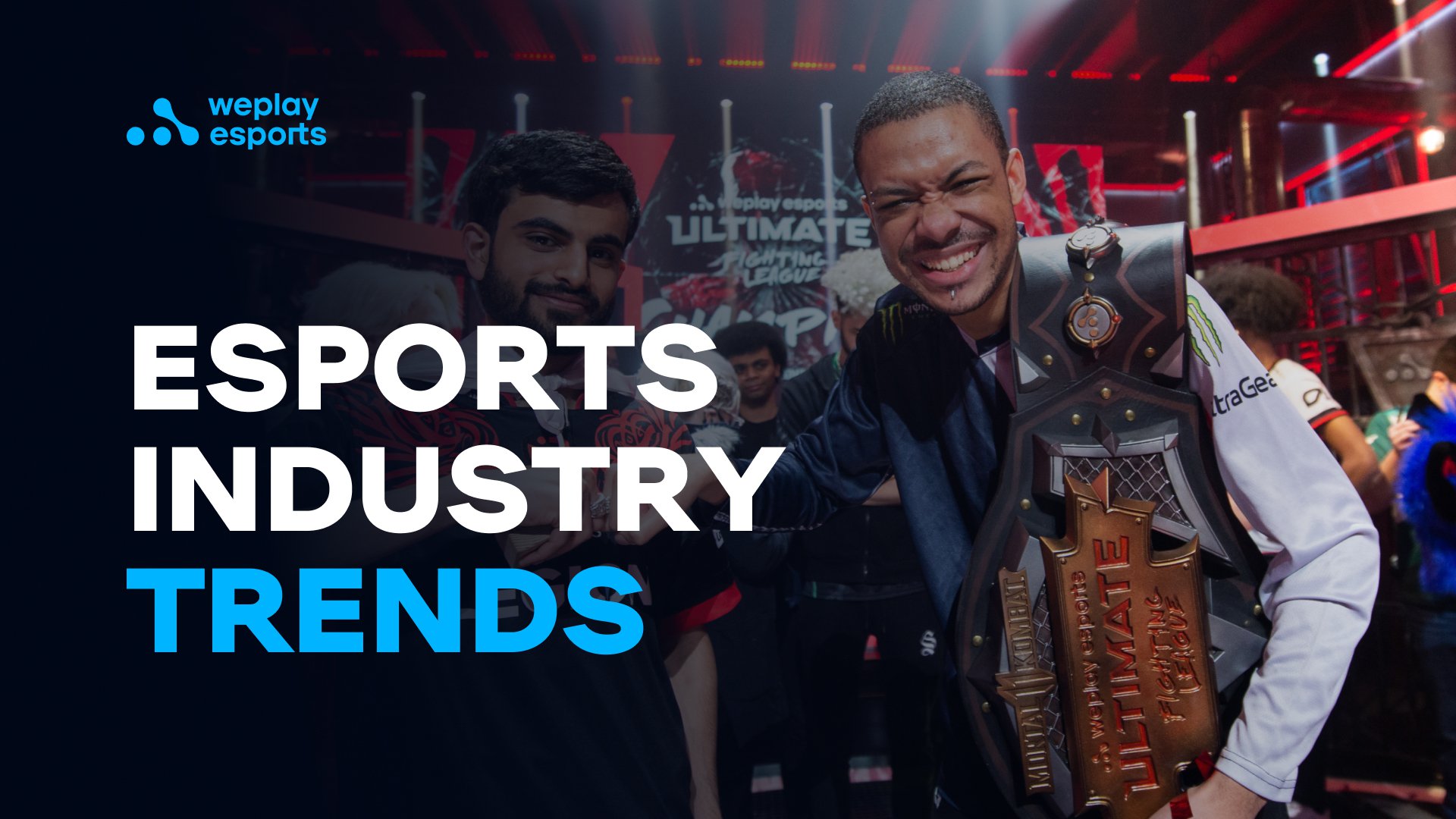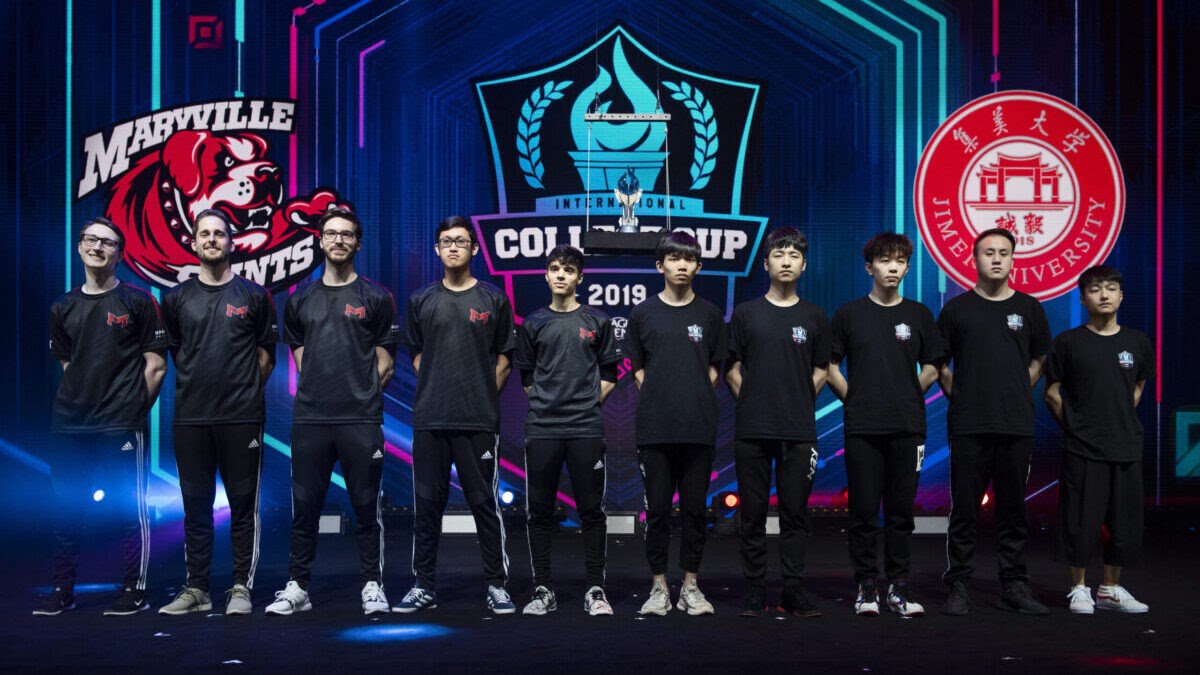July 20, 2021
Esports Trends: what are the spicy news related to esports? Where is the hype?

5 min read
The esports industry has a rapid growth rate that is constantly changing the competitive gaming landscape. As the scene continues to grow, following up on esports trends is increasingly important for professional players and other industry leaders. From streaming platforms to massive esports tournaments, professional gaming has never had more exciting trends.
What Is an Esport?
An esport is any video game that gamers play in a competitive, multiplayer format. While that could mean a particularly wicked game of online Uno, let’s focus on the kind that gets played in professional tournaments with prize pools and esports broadcasting coverage. That can mean anything from the famed card game Hearthstone to a fast-paced FPS like CS:GO, to MOBAs like DOTA 2 and League of Legends (from industry leader, Riot Games).
The State of the Esports Market
The esports market has been exponentially growing over the past decade. More multiplayer games are made each year, and the sponsorships and tournament runners behind professional matches are only getting bigger and better. With the existence of esports organizations and high-production coverage, the more the esports market takes itself seriously, the stronger it gets.
Red Bull, Marvel, Coca-Cola, and Intel's backing of Cloud 9, TSM, and more have turned the esports scene from LAN parties in a friend’s basement to well-produced and well-funded professional sports experiences.
Esports Industry Trends
The current trends in esports are a rise in non-endemic sponsorships and live streaming and a rapid increase in mobile esports.
Sponsorships are becoming the backbone of the industry. The various partnerships and brand deals that esports games and teams sign greatly increase the esports market size. Internally, they fund coaches, players, analysts, and more. Also, the ads that are played during esports events are feeding money into the esports scene and garnering the sponsor companies millions in revenue. After all, with the mainstream still lukewarm on esports, the hardcore fans support brands that back their favorite non-traditional sports.
Live streaming has contributed to help make this relationship all the more popular, as places like Twitch and YouTube have advertising built into their systems.
As far as mobile gaming goes, the more solid networks programmers can create to get mobile gamers to effectively connect and play intricate games against one another, the more popular mobile esports gets. LoL: Wild Rift, PUBG Mobile, and Fortnite Mobile are more than enough proof that the market is expanding. Clash: Royale is having a million-dollar tournament this year, so, despite being taken less seriously even among esports, mobile esports is making waves.
It’s a good thing for the future of esports. After all, mobile esports hardware requirements (AKA a smartphone) make them a lot more accessible to the average person, not just hardcore gamers.
Esports Business Trends
As mentioned, the esports business is trending towards organizations and sponsorships. Having teams work with coaches and data professionals helps make them more well-equipped than ever to reach their gameplay potential.
Furthermore, esports tournaments themselves just keep expanding. In the early days of esports, games had one big annual event, and that was it. With time, esports has increased the breadth of their reach and started having seasons and multiple events with incredible prize pool offerings all year long. They put even more money into the industry to get even larger returns.
Some of that comes from the fact that esports has become so tied to brand deals and sponsorships. The growing trend of all esports teams/orgs getting involved in these symbiotic relationships with different major companies is a good sign for esports in general. More money means more games and players and deals and tournaments and exposure. When esports business trends up, so does the rest of the industry.
University Esports Trends
Universities didn’t take the concept of collegiate esports seriously until 2014 when the first school-sponsored League of Legends college team was made by Robert Morris University. Since then, the esports scene at universities has blossomed in North America in particular. Not only are there more teams than ever (150+), but now there are real video game scholarships and collegiate championship games.
Varsity teams are making a difference in collegiate esports and it’s making the esports industry look closer than ever to the traditional sports that people always compare esports to.
Video Gaming Trends
Between esports, Twitch, and general video game fame, the gaming industry is booming. Whether someone is a pro or a casual gamer, entertainers on streaming platforms have helped make esports as popular as they are.
While video game developers are always trying to innovate the newest hit game, classics like FPS, MMORPG, MOBA, and other popular genres are still popular and will likely never change.
However, new, innovative game styles like mobile or VR gaming will integrate into the current mainstream, evolving professional esports at a rapid and impressive pace.
Right now, battle royales may be the hot thing, but it wouldnэt be a surprise if a completely different game style takes over the scene in a year or two. Video gaming trends are just that fast-paced.
An Overall Analysis of Esports Trends
Competitive gaming and global esports industry trends grow, evolve, and influence the world at an alarming rate. However, that’s just the techie nature of video games in general. As esports becomes more accepted in the mainstream, the esports scene will grow even more on every front. Whether it’s the games themselves, the business side, or the fresh collegiate scene, esports are trending well, and they only seem to be growing stronger every day.





